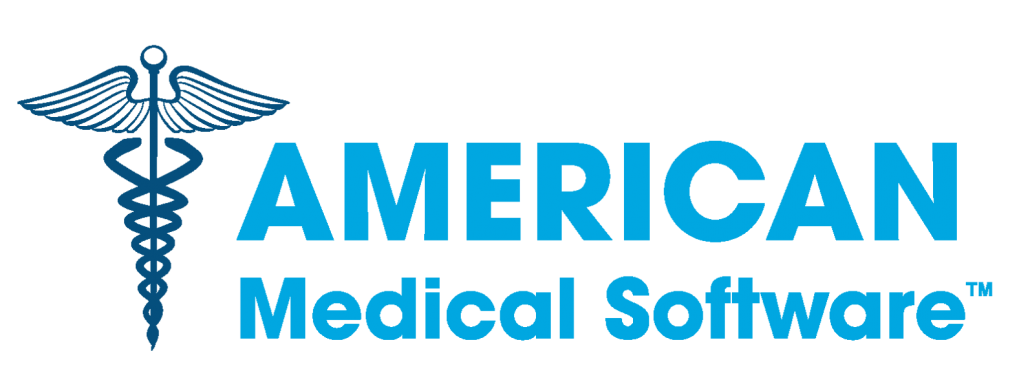ICD-10 Prep Now Could Save Money Later
In order to receive reimbursement for patient claims, U.S. healthcare providers must begin using a revised global system for classifying medical diagnoses and inpatient procedures by Oct. 1, 2014. While more than two years sounds like plenty of time to implement a new system, the number of possible diagnostic codes will increase dramatically from 14,000 to 68,000, while the number of inpatient codes will increase from 4,000 to 87,000. Crowe Horwath LLP, suggests steps that providers can implement ahead of the conversion deadline for a smoother transition.
The global coding system, known as ICD-10, or “International Classification of Diseases, Tenth Revision,” was developed by the World Health Organization to meet current medical information coding needs. It replaces ICD-9, which has been used since 1979. The new code includes much more detailed information. For example, ICD-9 has only one code for angioplasty, whereas ICD-10 has 854 and indicates, among other data, where on the body the procedure was performed. Hospitals, medical laboratories, physician practices and other providers that fail to meet the 2014 deadline risk delaying or losing payment for services rendered.
“Similar to the Y2K conversion at the end of the 20th century, when businesses had to update their systems to accommodate longer date fields, the ICD-10 conversion will require significant software programming changes to fit the new code’s format,” said Mike Koehler, a director in the Crowe Risk practice. “However, the transition to ICD-10 is not just an information technology project; it affects patient care, billing and, ultimately, the future viability of the organization itself. Healthcare providers should adopt a practical approach that builds on their existing compliance activities to help streamline the conversion process.”
According to Koehler, organizations should consider taking the following steps:
 Use existing resources to comply with ICD-10. Organizations that have completed the electronic health technology requirements of the Health Information Technology for Economical and Clinical Health Act (HITECH) and are testing their processes can also run hypothetical scenarios to see what those processes would look like under ICD-10. When replicated throughout the organization, this small step could yield significant savings.
Use existing resources to comply with ICD-10. Organizations that have completed the electronic health technology requirements of the Health Information Technology for Economical and Clinical Health Act (HITECH) and are testing their processes can also run hypothetical scenarios to see what those processes would look like under ICD-10. When replicated throughout the organization, this small step could yield significant savings.
Anticipate the potential impact of ICD-10 on productivity and revenues. Before making the transition, healthcare providers should consider performing risk assessments to determine the potential negative impact on productivity and revenue collection and then should develop plans to mitigate this impact.
Assess current risk levels in key business areas. Most healthcare providers are typically comprised of five key business areas: the executive team, clinical services, patient financial services, medical records and information technology. It is important to assess current risk levels and remediate weaknesses in each of these. For example, if clinicians are not currently documenting their work correctly, that weakness is likely to continue, if not worsen, under ICD-10.
 Identify training needs for all levels of the organization. Employees will need to learn the new medical coding terms so that providers can run parallel systems using both ICD-9 and ICD-10 before the conversion date. According to Koehler, inadequate training could not only harm revenue but also have an impact on patient welfare.
Identify training needs for all levels of the organization. Employees will need to learn the new medical coding terms so that providers can run parallel systems using both ICD-9 and ICD-10 before the conversion date. According to Koehler, inadequate training could not only harm revenue but also have an impact on patient welfare.
Establish a cross-functional governance model with executive support. ICD-10 project teams need strong leadership from someone with experience or knowledge of healthcare services, technology implementation and regulatory compliance. In some cases, healthcare organizations are augmenting their internal project teams with external resources that can provide both additional qualifications and an independent perspective.
Source www.prnewswire.com; Crowe Horwath LLP; July 9, 2012.




Leave a Reply
Want to join the discussion?Feel free to contribute!